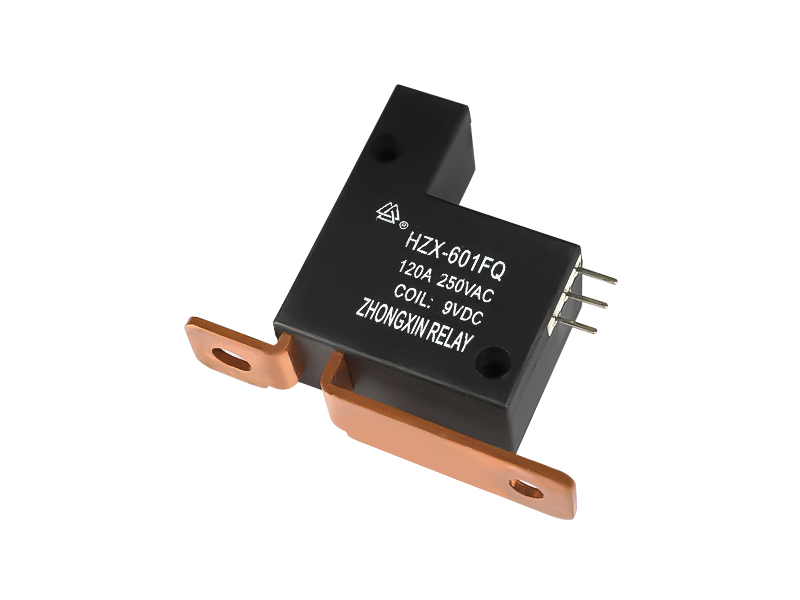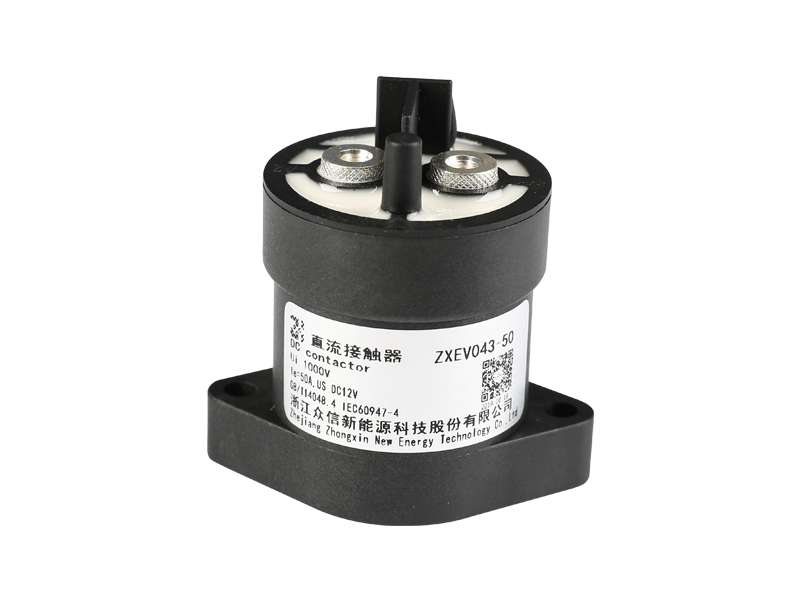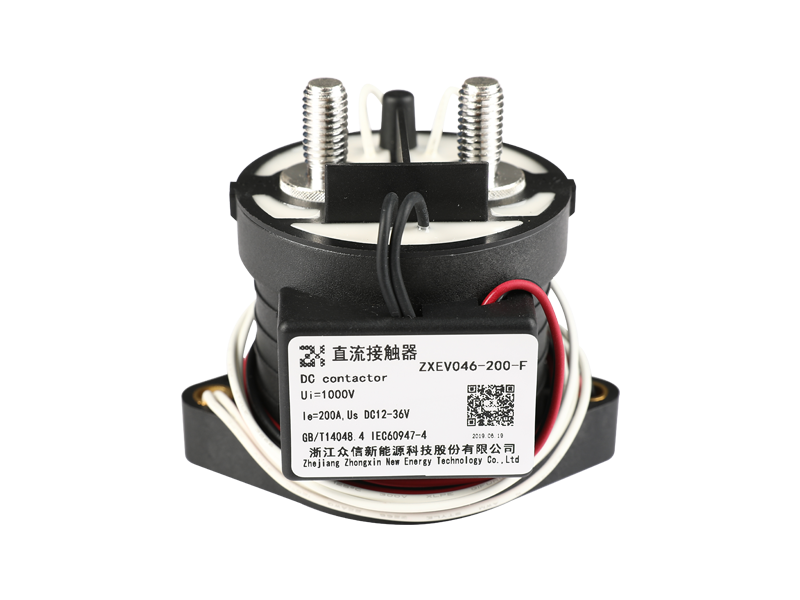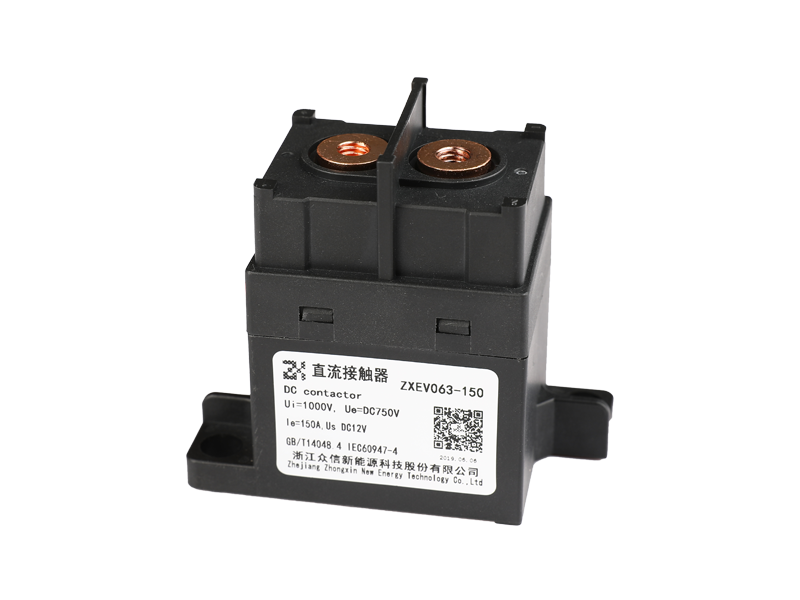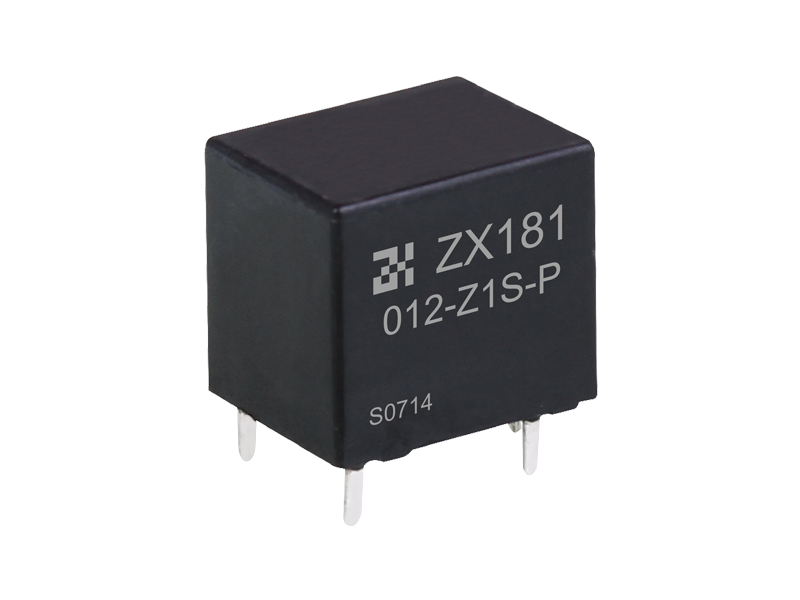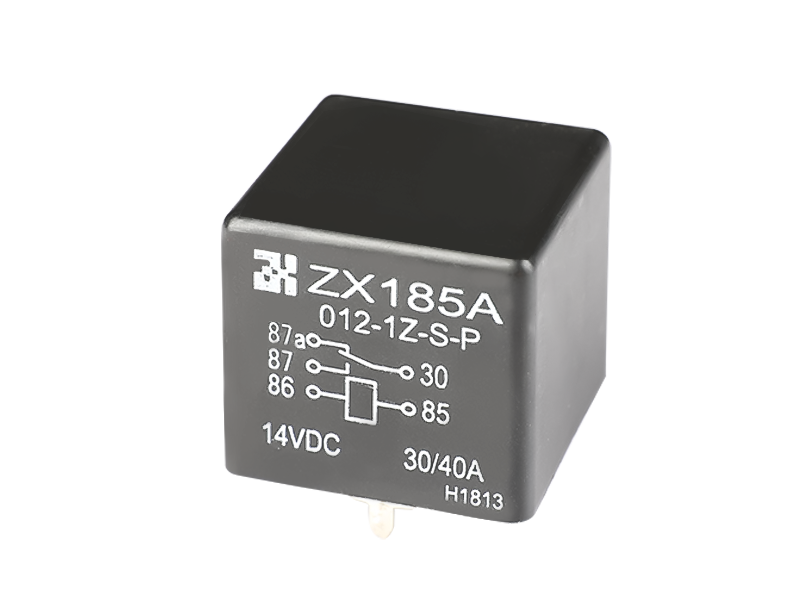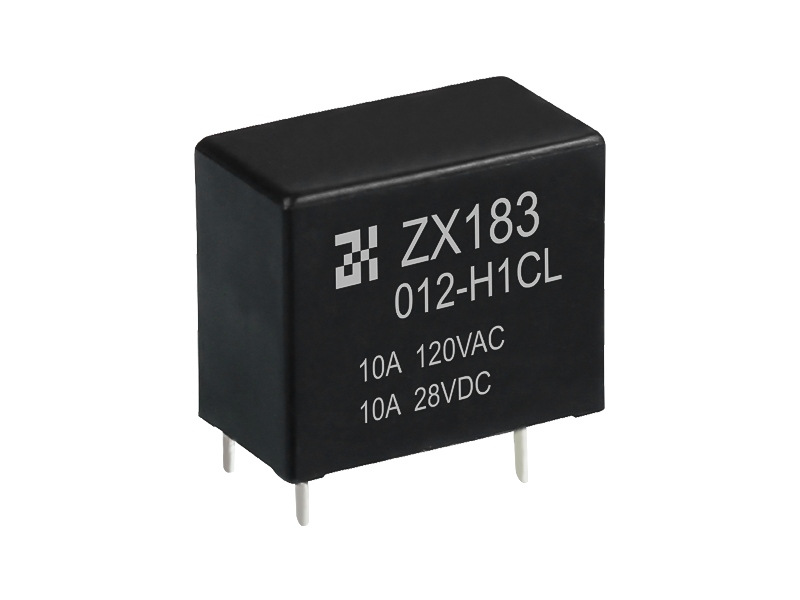Self-locking: the normally open electric shock of the relay itself is connected in parallel with the switch that controls the relay coil; interlocking: the respective normally closed contacts of the two relays are connected in series with the coil of the other relay.
Self-locking is to connect the normally open contact of the relay to the start button in parallel, press the start button contactor to pull in, and the normally open contact is turned on. When the button is released, the current is conducted from the contact, which can realize self-locking.
The interlock is to connect the coil A to the normally closed contact of B in series. When B pulls in, the normally closed contact is disconnected, and it is impossible for the A coil to pull in again. Only when B is disconnected,
Automotive Relays Manufacturers the A coil can be turned on after its normally closed contact is reset and turned on.
When the normally open point of the relay and the coil are connected, they are energized to form an interlock. How do they “cooperate” to work?
Electromagnetic relays are generally composed of iron cores, coils, armatures, contact reeds, etc. As long as a certain voltage is applied to both ends of the coil, a certain current will flow in the coil, which will produce electromagnetic effects. Under the action of electromagnetic force, the armature will overcome the pull force of the return spring and attract to the core, thereby driving the armature. The moving contact and the static contact (normally open contact) are pulled together.
When the coil is de-energized, the electromagnetic attraction will also disappear, and the armature will return to its original position under the reaction force of the spring, so that the moving contact and the original static contact (normally closed contact) are attracted. This pulls in and releases, so as to achieve the purpose of conducting and cutting off in the circuit.
The "normally open and normally closed" contacts of the relay can be distinguished as follows: the static contact that is in the off state when the relay coil is not energized is called "normally open contact"; the static contact that is in the on state is called It is a "normally closed contact".

